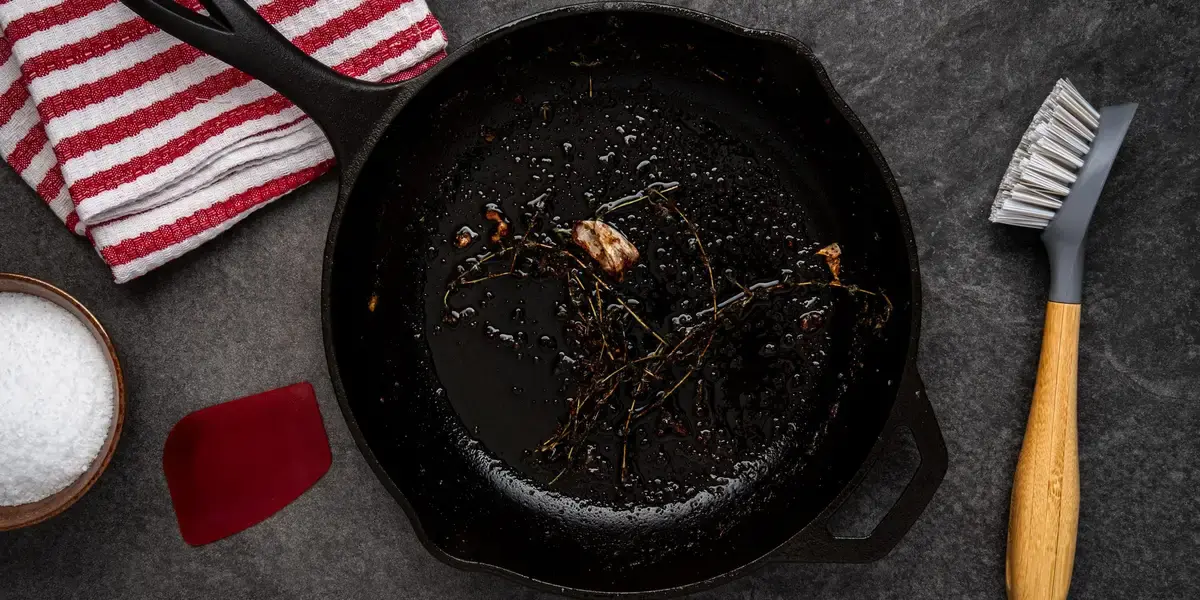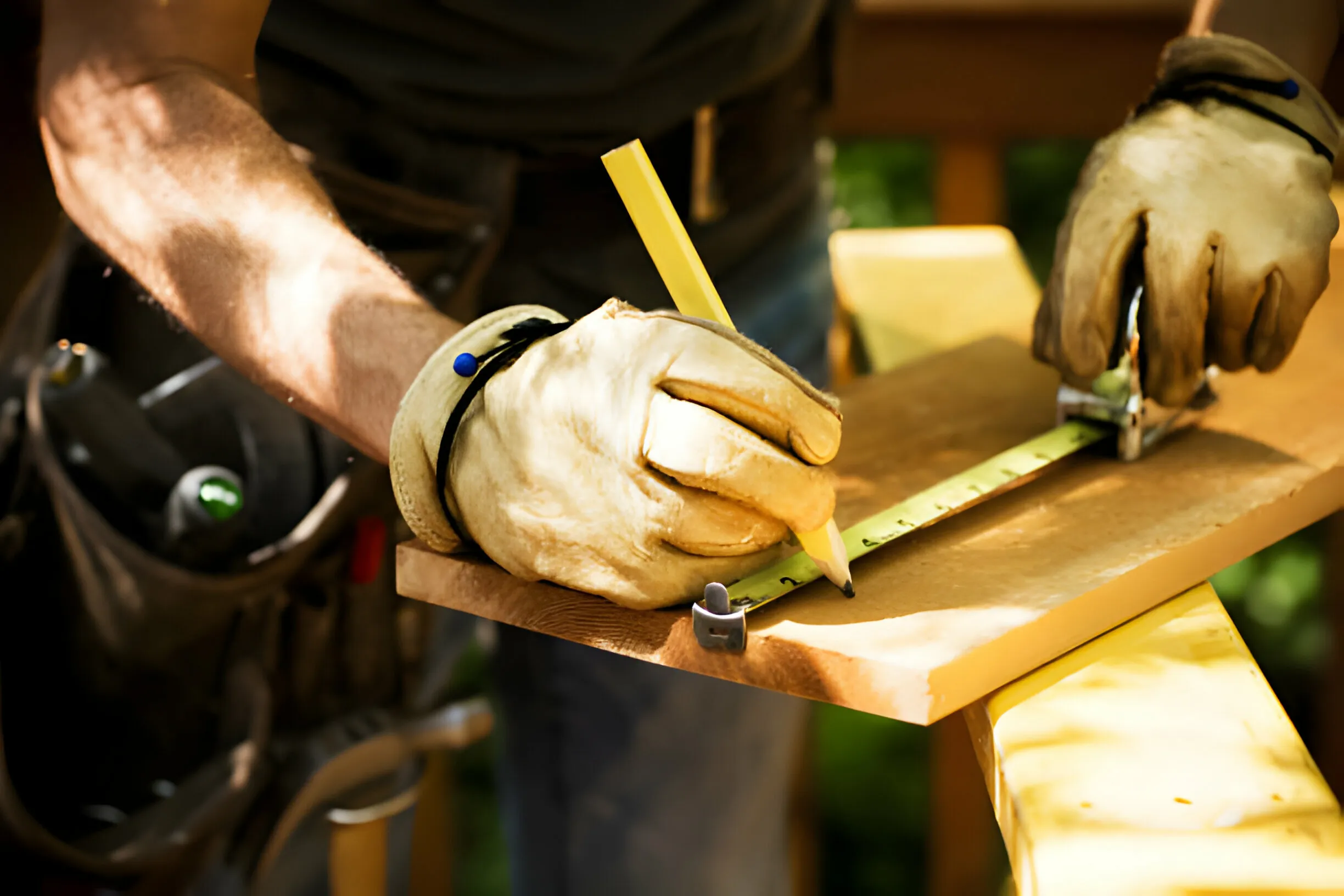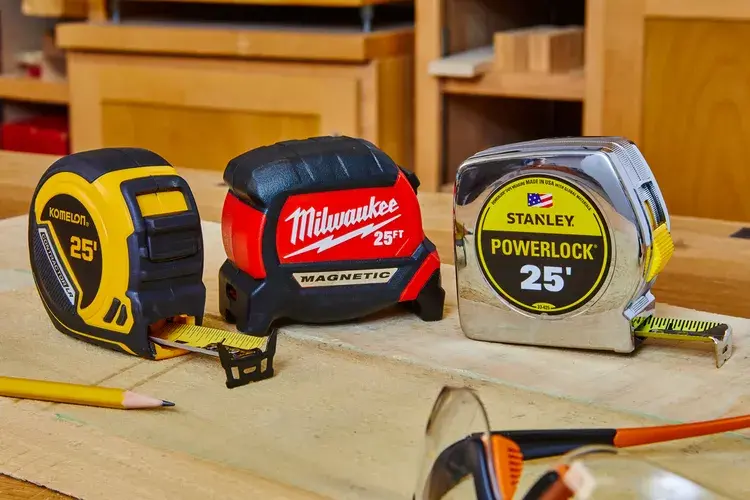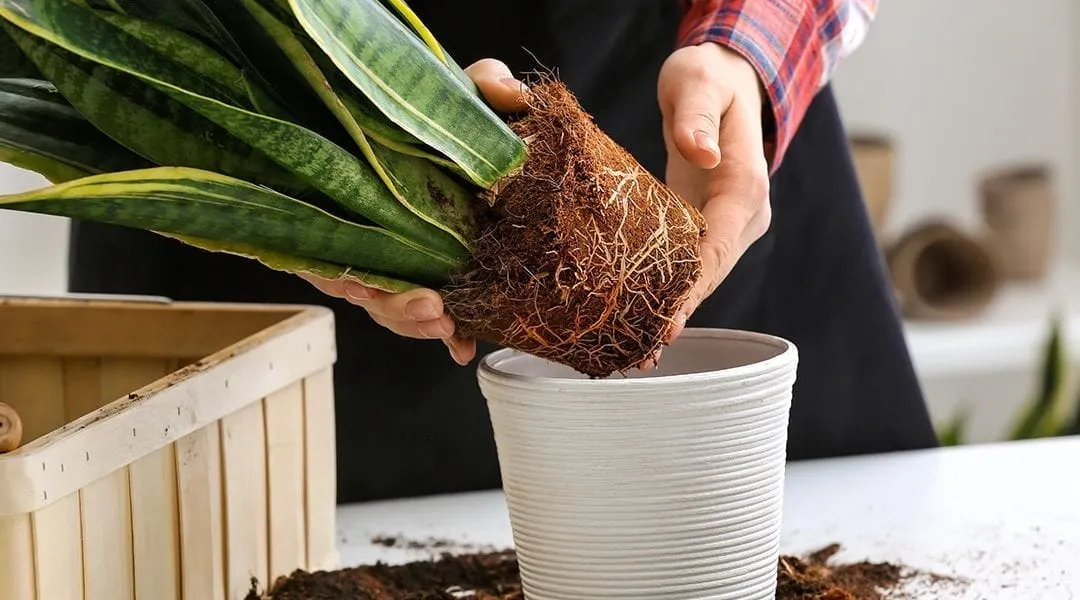How to clean a cast iron skillet is easy, there is no use for dishwashers to get a clean and well-seasoned rust-resistant, and nonstick surface.
A Properly cared for skillet will result in a durable skillet that will just keep getting better with age.
Here’s how to take care of a cast iron skillet; the procedure will be simple to grasp, just read below.
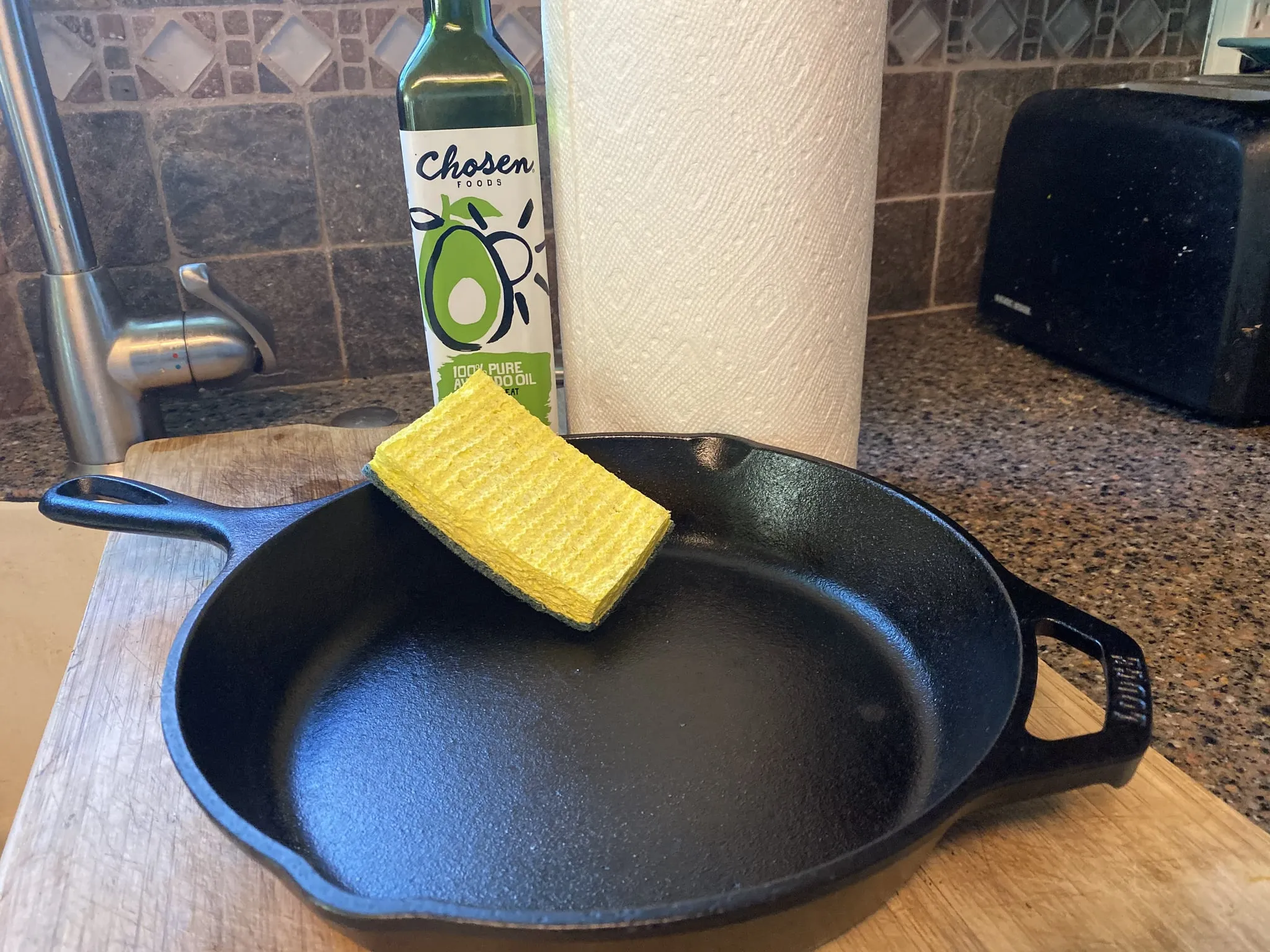
When cleaning, just use only a gentle hand soap (yes! A little soap is fine) and a scouring pad or a cast-iron pan brush.
Wash it, Scrub it, Rinse it, and then give it a good wipe-over. Then season with just a few drops of oil and store with a paper towel covering the cooking surface
There is nothing quite like the combination of soap and a scrubby. Plus, you can also use some really hot water and a good spatula for taking off seriously burnt-on food.
How to Clean a Cast Iron Skillet
However, you clean your cast-iron skillet could affect its seasoning and how long it survives. Be sure that you have the correct cleaning materials at hand, which you probably already do.
What You Will Need:
- A soft sponge
- Coarse salt
- Vegetable oil
- Paper towels or dishcloths
Step 1
Just let your pan soak in hot water, and scrub with the sponge. The kind of sponge that doesn’t have scrubbing fiber and-tallow-based, and not the foamy-or-a kind you should use with an all-purpose household cleaner!
Step 2
For stubborn bits of food, mix some coarse salt with hot water to make gruel and rub. Top it off with hot water and rinse.
Step 3
Wipe a cast-iron skillet well with a dry cloth after washing it, so it’s not left with any liquid hanging around.
How to Season a Cast-Iron Pan
Seasoning your cast-iron skillet has nothing to do with salt and pepper it’s all about putting on a protective coat of oil that will give your cooking surface some non-stick properties and ward off rust.
Even though you have to clean the skillet after each use and chefs say you should season it, too, that may only be necessary occasionally perhaps when you see signs that the seasoning is wearing thin.
Step 1
Take a paper towel or dishcloth and spread a small amount of cooking oil onto the inside of the pan.
Step 2
In a 350°F oven, bake the pan for one hour to form a bond between the oil and the pan, creating a natural nonstick surface.
How to Clean an Enameled Cast-Iron Skillet

if you are using enameled cast-iron pans, washing them is easier because they’re coated with a smooth, non-porous surface, says Nate Collier, director of marketing communications and culinary at Le Creuset.
We have provided easy steps to follow these steps to ensure your enameled cast-iron skillet is properly cleaned.
1. To clean enameled cast iron, wash it with hot, soapy water, as with any other cookware.
2. If you can’t get rid of the pesky stains on the inside of the pot after a thorough cleaning, bring water to a gentle simmer in the pan with either a small amount of dish soap or baking soda.
3. Then, scrub and rinse carefully.
The Essentials of Cast Iron Skillets
Let’s talk about what makes cast iron skillets so unique.
For years, these cooking friends have been treasured for their durability, even heating, and the particular flavor they impart to your recipes.
They’re ideal for searing, frying, baking, and so much more, but proper care is required to keep them working at their peak.
The Not-So-Spooky Myth of Avoiding Soap
Many people assume that soap and cast iron do not mix because soap will remove the seasoning from the pan.
While harsh detergents and extensive soaking should be avoided, using a bar of gentle dish soap for routine cleaning is OK.
However, there is another chemical-free and incredibly effective option: salt.
The Marvelous Cleaning Power of Salt
The salt-washing method is a centuries-old process for cleaning, deodorizing, and even eliminating rust from cast iron skillets.
It’s an environmentally responsible and cost-effective solution that’s kind on your kitchenware while harsh on filth.
Using salt to clean cast iron is not only efficient, but it is also meditative and enjoyable. It refers to the period when simple, natural solutions were the cornerstone of domestic living.
In other words, next time you’re faced with a greasy, crusty cast iron pan forget the detergent, use some salt, and give this time-honored technique a try.
In years to come, your trusty old iron skillet will provide you with a meal that is good and well-seasoned.
